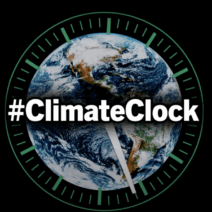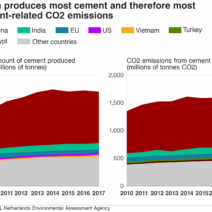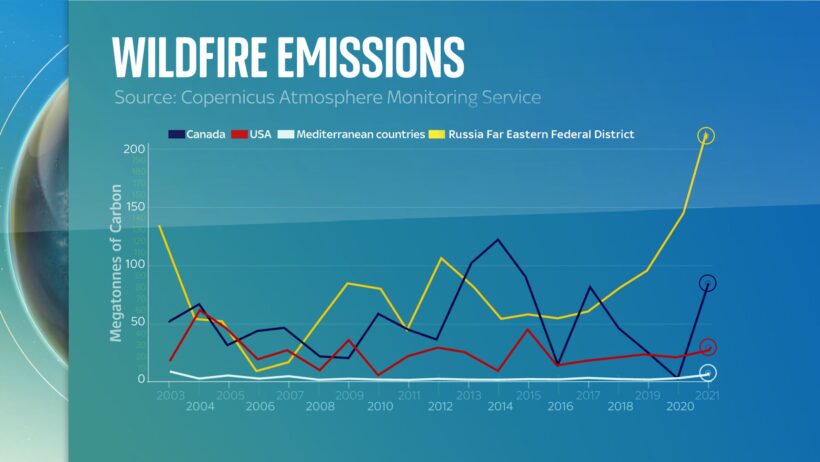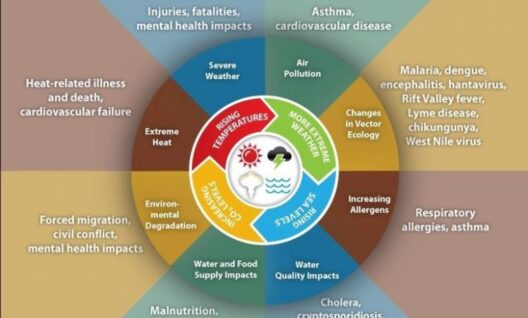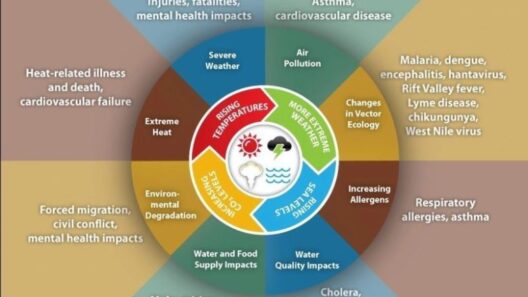Wildfires have increasingly become a subject of concern in contemporary discourse surrounding climate change. While most people observe the immediate devastation they wreak—scorched landscapes, dislocated wildlife, and ruined homes—the ramifications extend far beyond their immediate geographic confines. The smoke produced by wildfires contains a concoction of greenhouse gases and particulate matter that amplify global warming. Understanding how these fires contribute to climate change requires delving into both the science behind wildfire emissions and the broader ecological consequences that ensue.
The phenomenon of wildfires is not new; fire has been an integral part of various ecosystems for millennia. However, as global temperatures rise, an unsettling pattern emerges. The incidence and intensity of wildfires are surging, fueled by rising temperatures and prolonged drought conditions. When forests ignite—whether due to natural forces or human activities—they release vast amounts of carbon dioxide (CO2), a principal greenhouse gas. This release occurs in two primary ways: the combustion of biomass and the decomposition of organic matter within the soil. During a wildfire, not only are trees, bushes, and underbrush consumed in flames, but the organic layer of soil, rich in stored carbon, is also severely affected.
The combustion process transforms solid organic materials into gaseous emissions. Each acre consumed by fire can emit hundreds of tons of CO2 into the atmosphere. This sudden influx of greenhouse gases can create a shock effect, contributing to the accumulation of atmospheric CO2 levels. The U.S. Forest Service and environmental organizations have documented that significant wildfires can single-handedly negate years of carbon sequestration achieved by healthy forests. This contradiction between conservation efforts and the repercussions of wildfires creates a perplexing scenario in which well-intentioned practices may be undermined by unpredictable natural events.
However, the carbon emitted is not the only concern. The smoke produced by wildfires is a complicated mélange of organic compounds, black carbon, and particulate matter. Black carbon, which arises from incomplete combustion, serves as a catalyst in climate change. It absorbs sunlight, consequently warming the atmosphere and accelerating the melting of snow and ice. This aspect creates a feedback loop; as temperatures rise and ice diminishes, more land becomes susceptible to wildfires, thereby compounding the cycle of emissions and warming.
Moreover, the particulate matter released into the atmosphere poses dire health risks to human populations. When inhaled, these fine particulates can penetrate deep into the respiratory system, leading to short- and long-term health problems. Vulnerable populations, including children, the elderly, and individuals with pre-existing health conditions, are particularly at risk. Therefore, the effects of wildfires extend beyond ecological degradation; they have tangible implications for public health and safety.
In understanding these dynamics, it is crucial to spotlight the broader ecological context. Forested areas play a pivotal role in carbon sequestration. They act as natural carbon sinks, absorbing CO2 from the atmosphere and storing carbon in trees, vegetation, and soil. The devastation wrought by wildfires significantly depletes this capacity. Following a wildfire, ecosystems can take decades, even centuries, to recover, during which time they sequester far less carbon than they would have under normal conditions. The loss of rich biodiversity, soil fertility, and overall ecosystem resilience further exacerbate this issue.
Additionally, the landscape changes resulting from wildfires influence weather patterns. Scientists have observed that areas affected by fire can experience altered precipitation patterns and temperature fluctuations in the long term. This creates a vicious cycle where dry conditions can lead to more frequent wildfires, which subsequently impact local climates and increase the likelihood of further fires, reinforcing a perilous feedback loop that jeopardizes both ecosystems and human livelihoods.
Addressing the deep-seated issues of wildfire-induced climate change requires a multifaceted approach. Conventional firefighting techniques, although essential for minimizing immediate risks, are insufficient. Long-term strategies must prioritize forest management practices aimed at reducing fuel loads through controlled burns and selective logging. These practices help to create a more resilient ecological framework capable of withstanding the onslaught of both natural and anthropogenic pressures.
Moreover, public policy must also embrace the integration of climate change considerations into land management practices. This includes revising zoning regulations, promoting sustainable agricultural practices, and investing in reforestation efforts. By fostering a collaborative framework among government agencies, scientists, and local communities, we can develop adaptive responses that not only mitigate wildfire risks but also rejuvenate ecosystems. The restoration of wildland areas, in conjunction with efforts to regenerate and diversify tree species, will allow forests to better contend with the inevitable challenges posed by shifting climate conditions.
Ultimately, understanding how wildfires contribute to global warming necessitates a broader appreciation for the interconnectedness of ecosystems, human health, and climatic stability. As the warming planet facilitates more frequent and severe wildfires, the smoke and emissions become emblematic of a larger environmental crisis. While immediate action is needed to combat wildfires, the challenges they present also underscore the urgency for an integrated approach to climate resilience. The road ahead requires not just awareness but also the implementation of solutions that embrace ecological complexity and prioritize sustainability to safeguard our planet for future generations.

